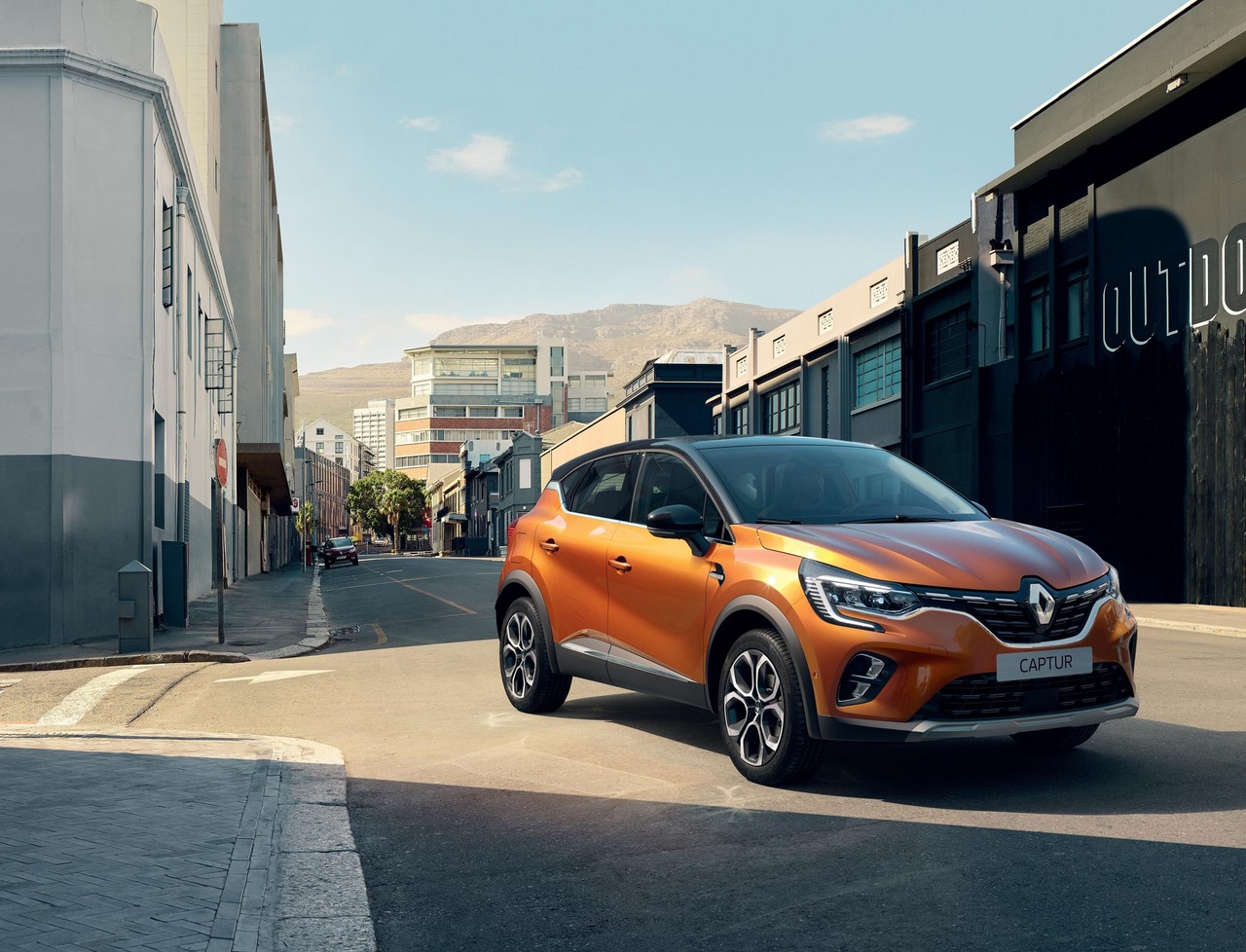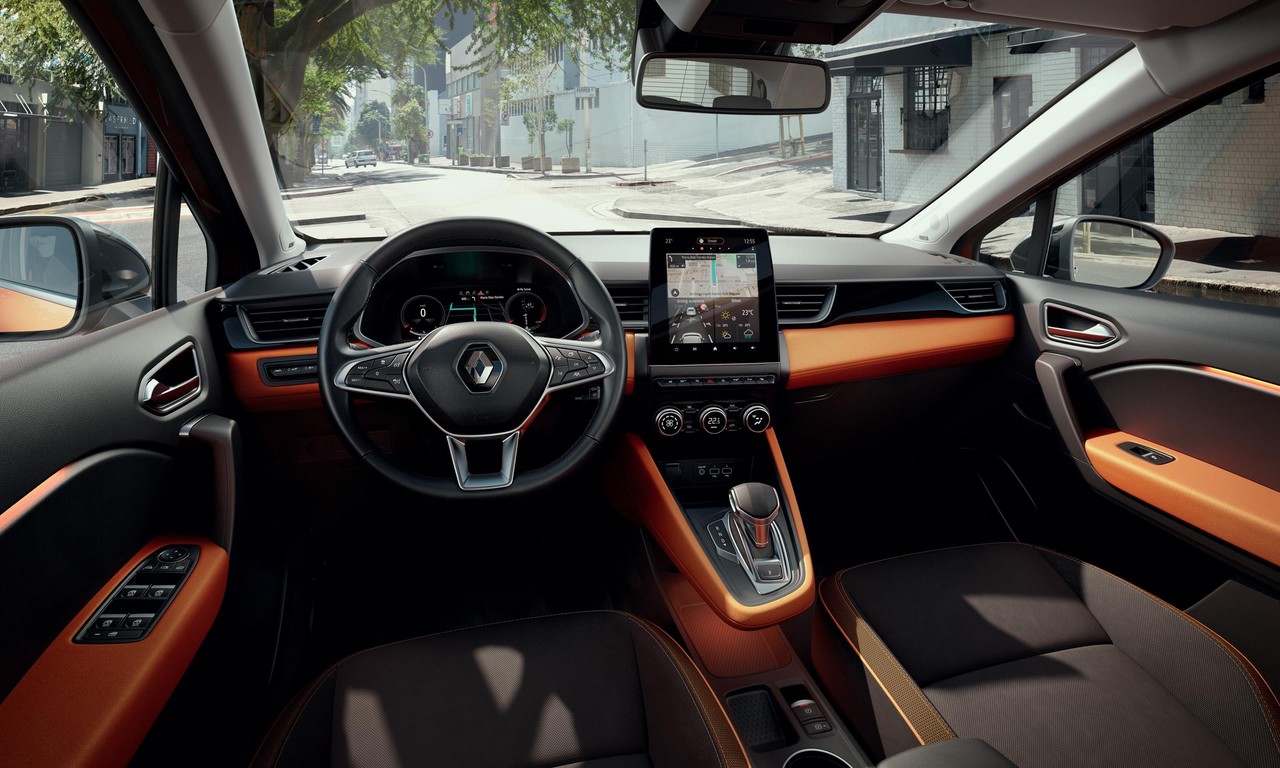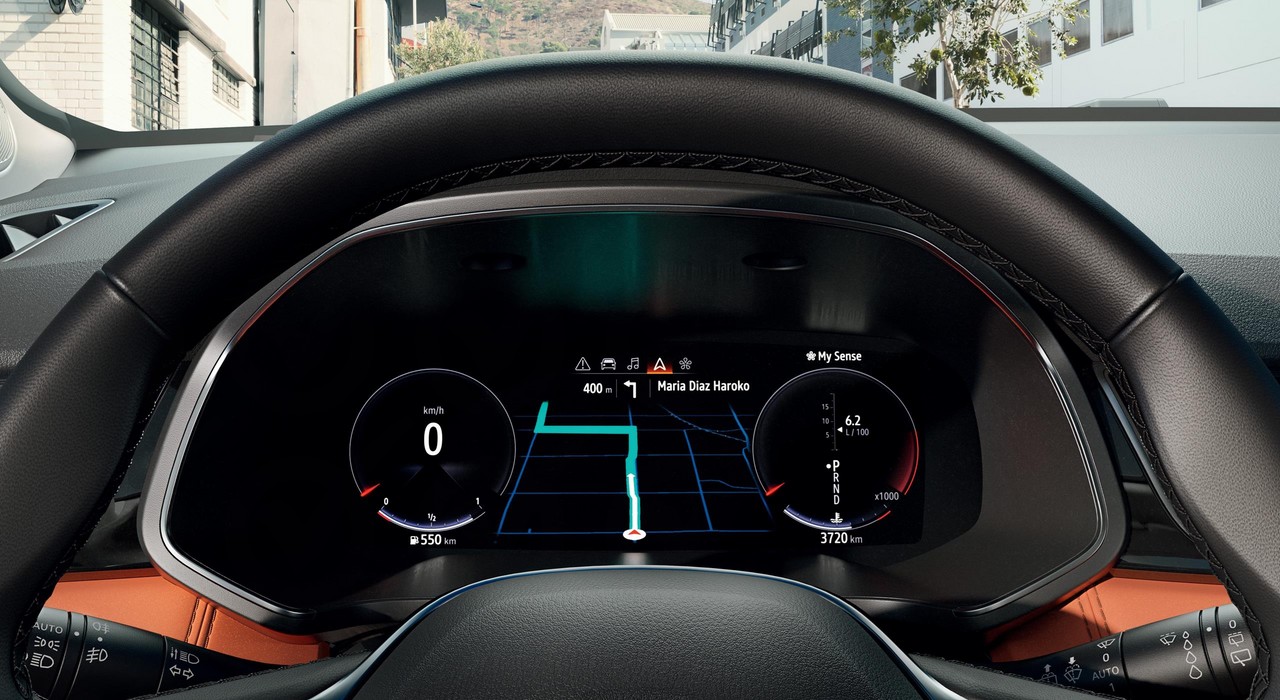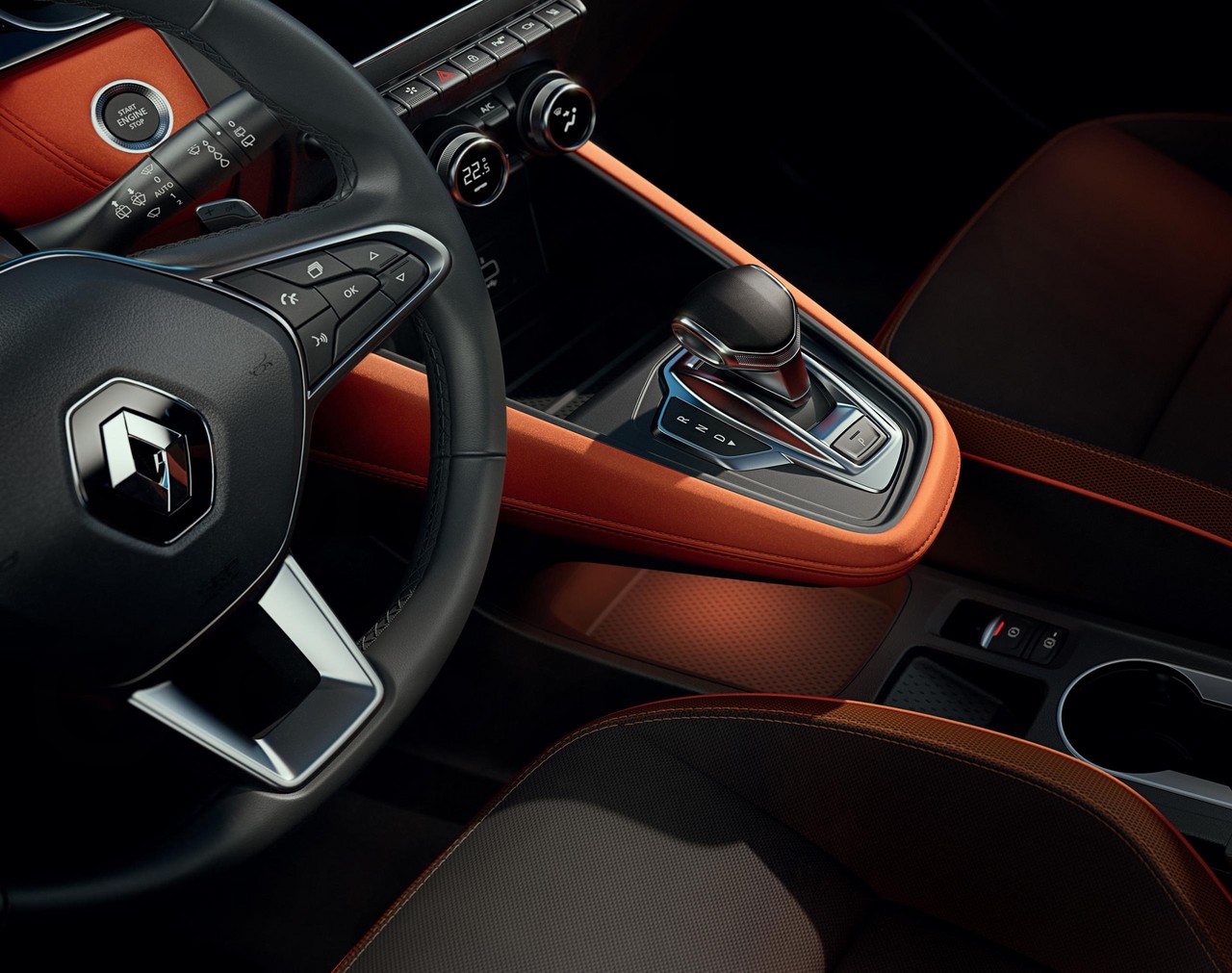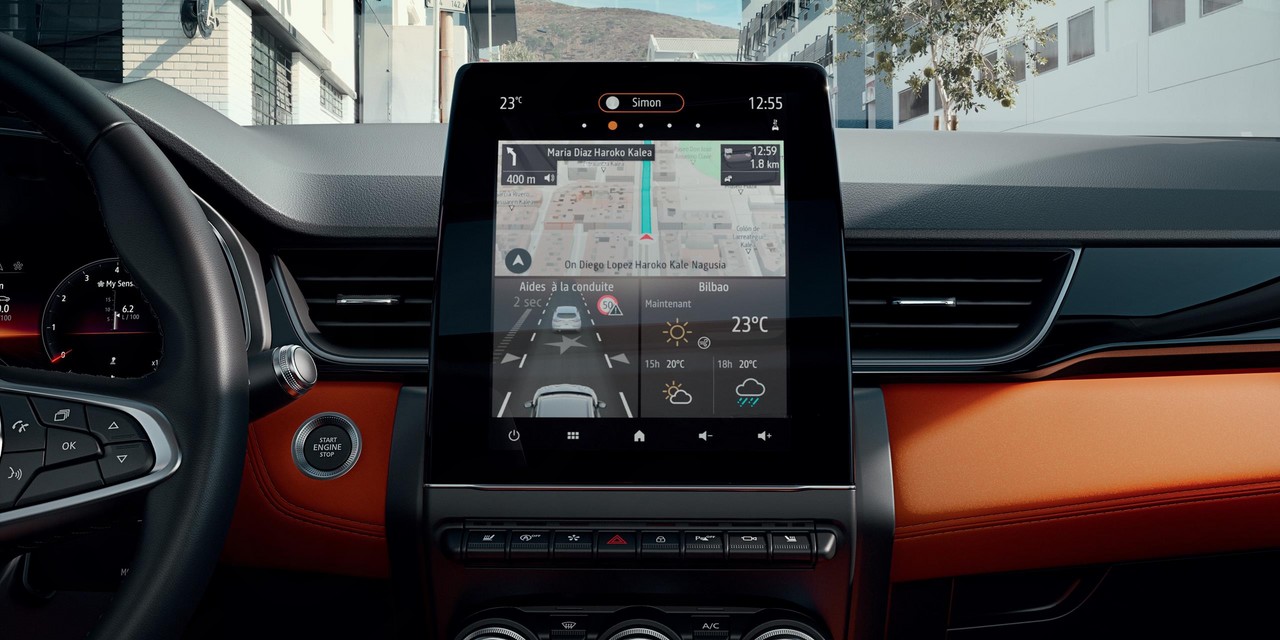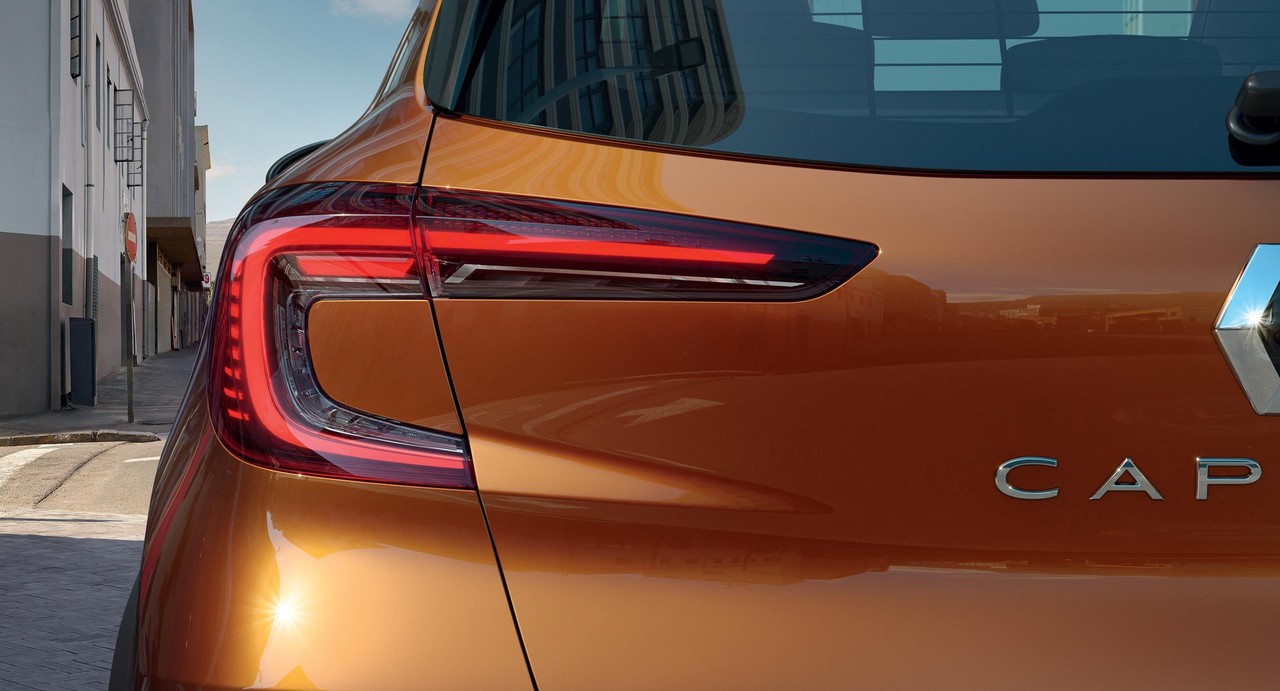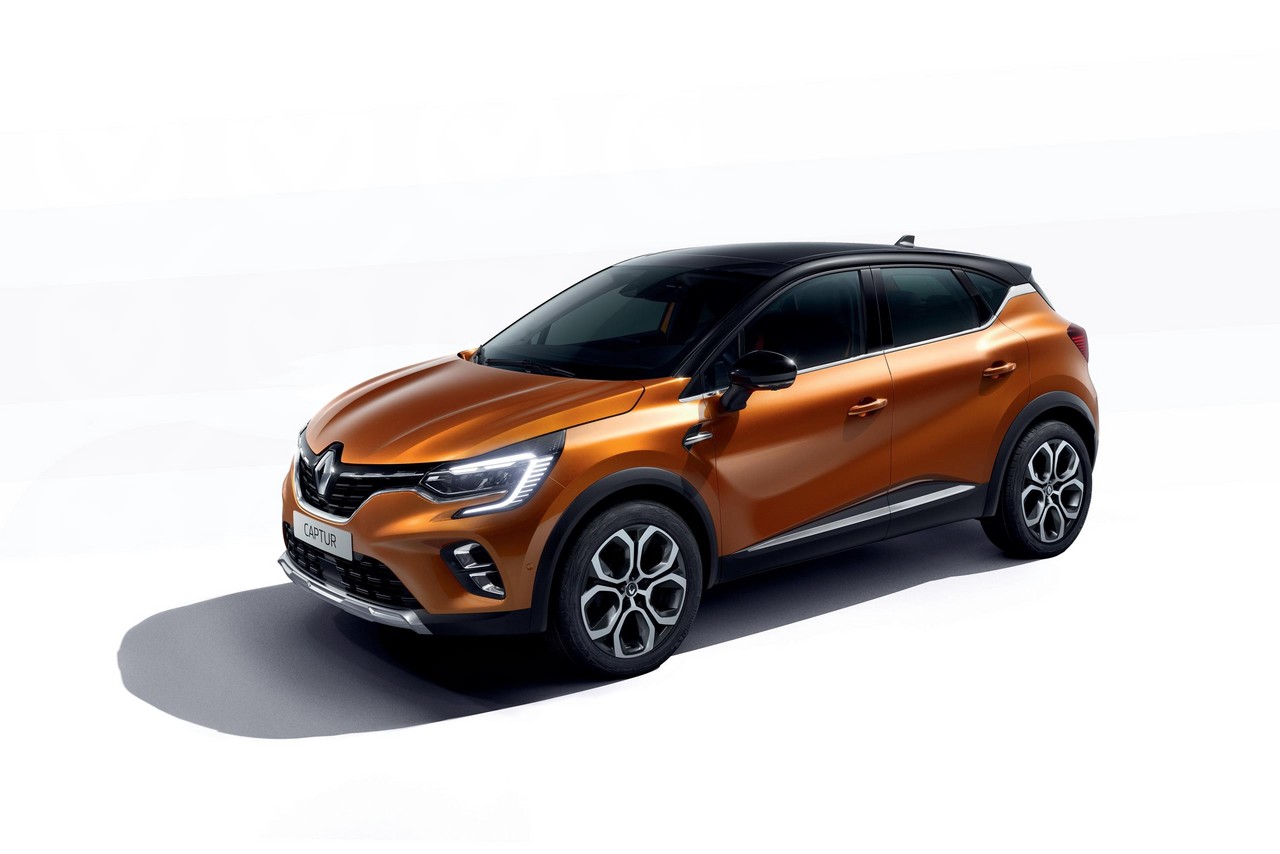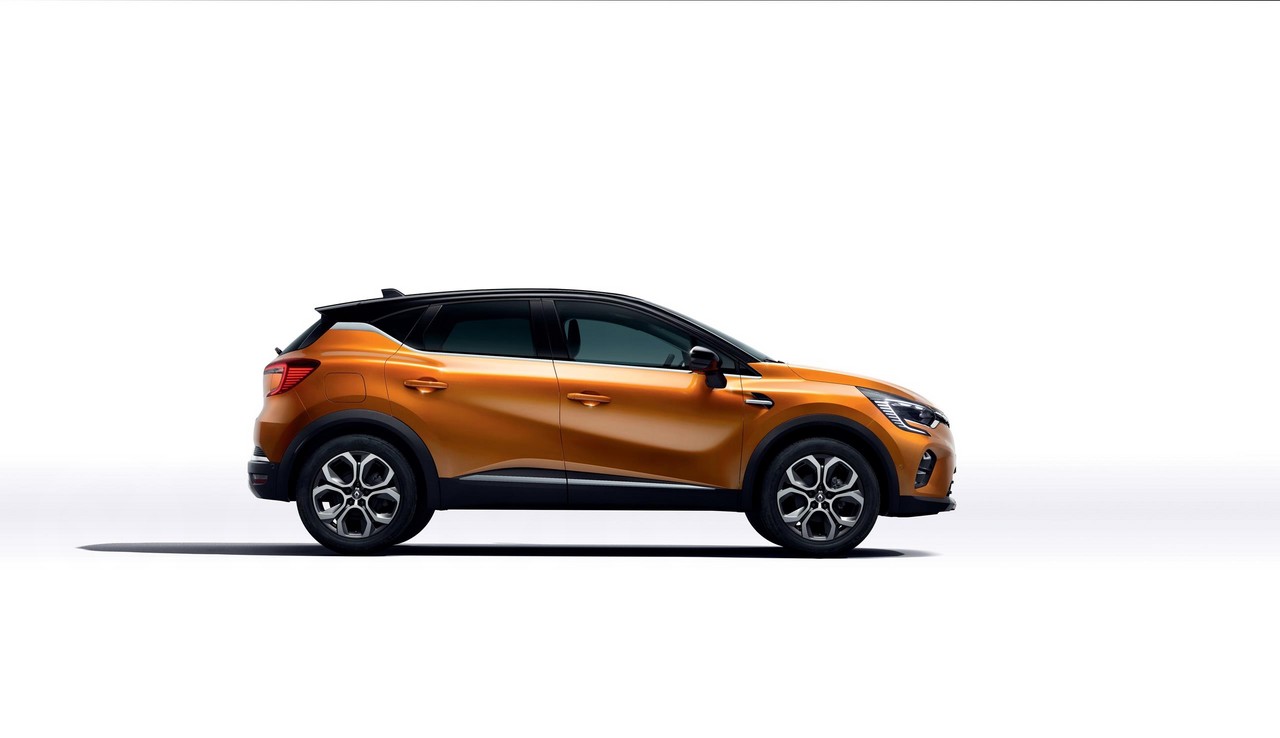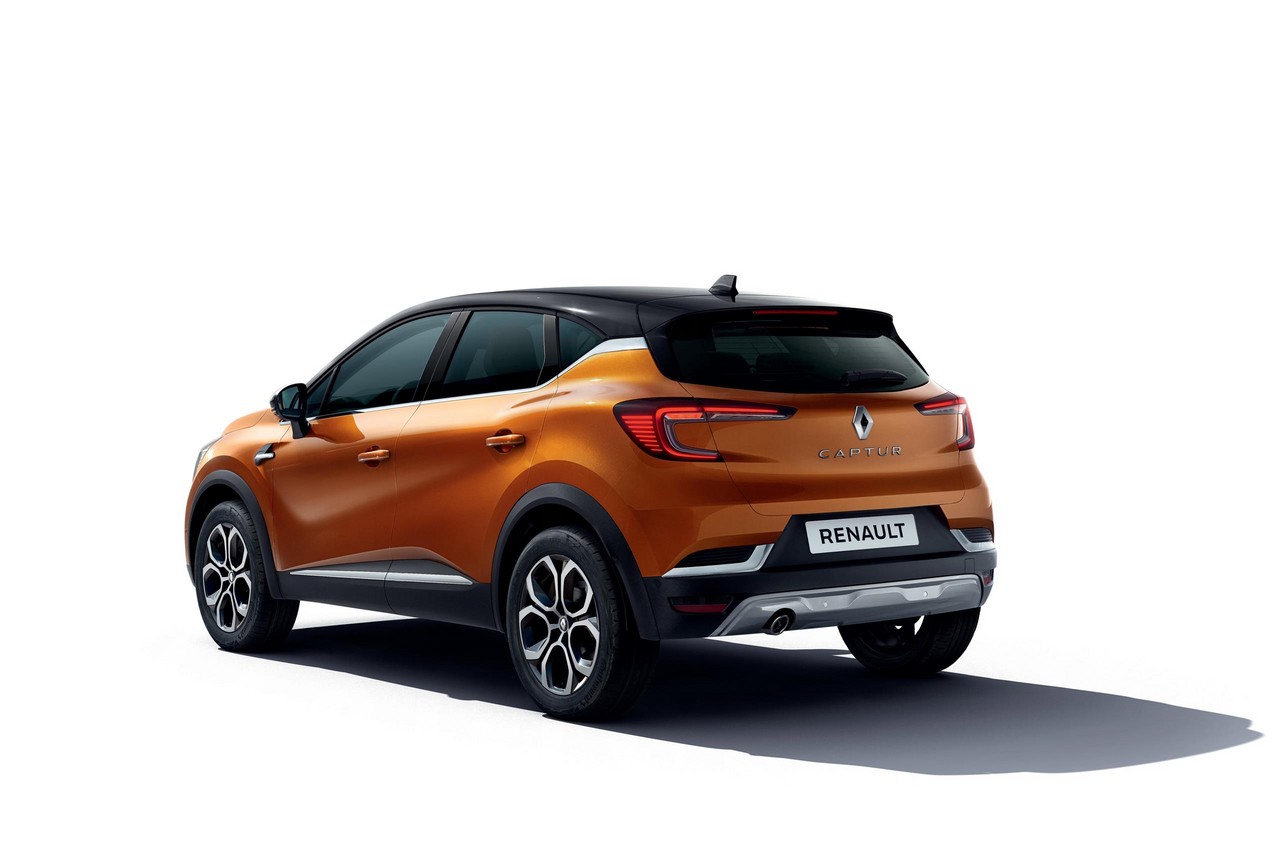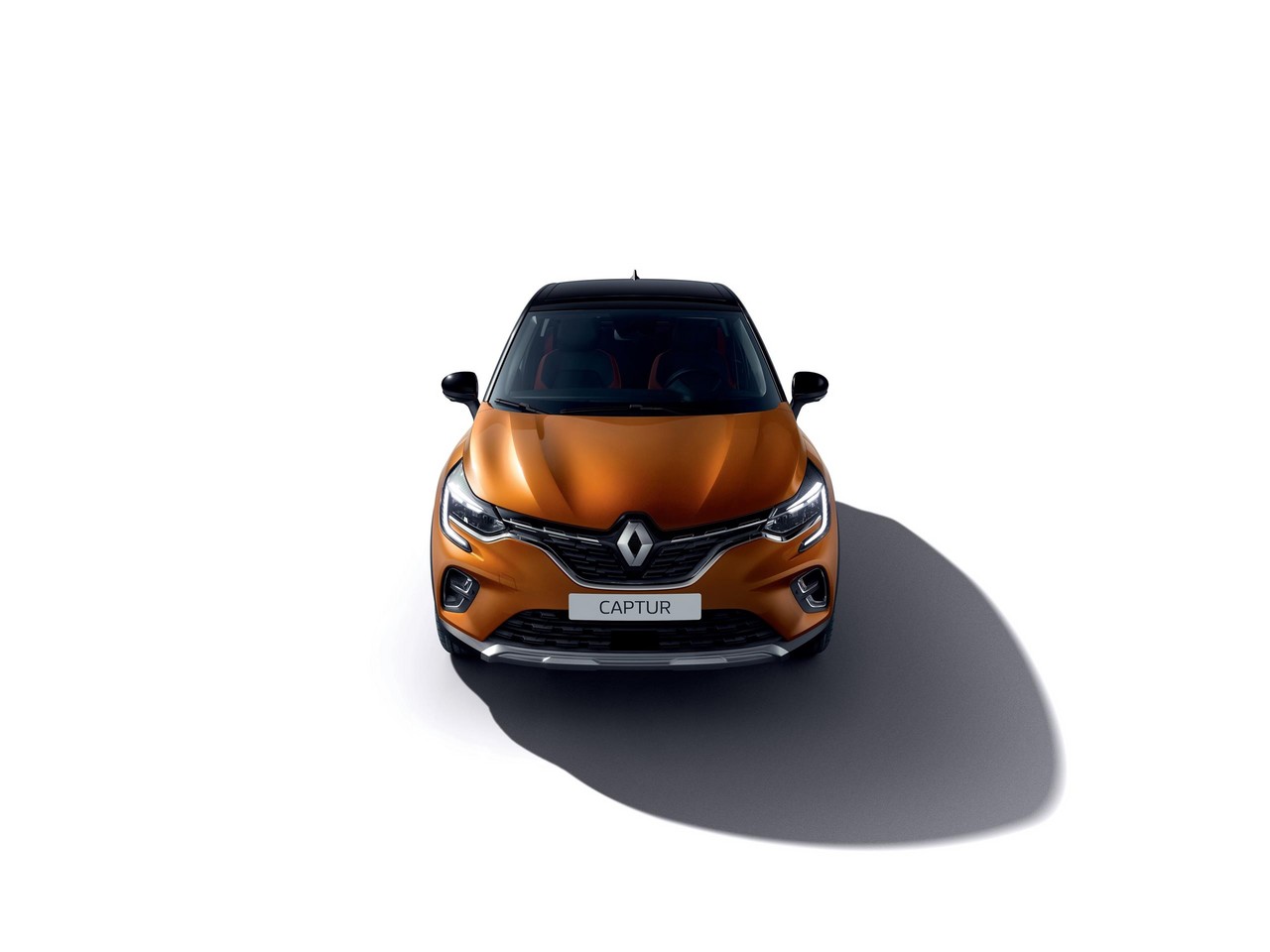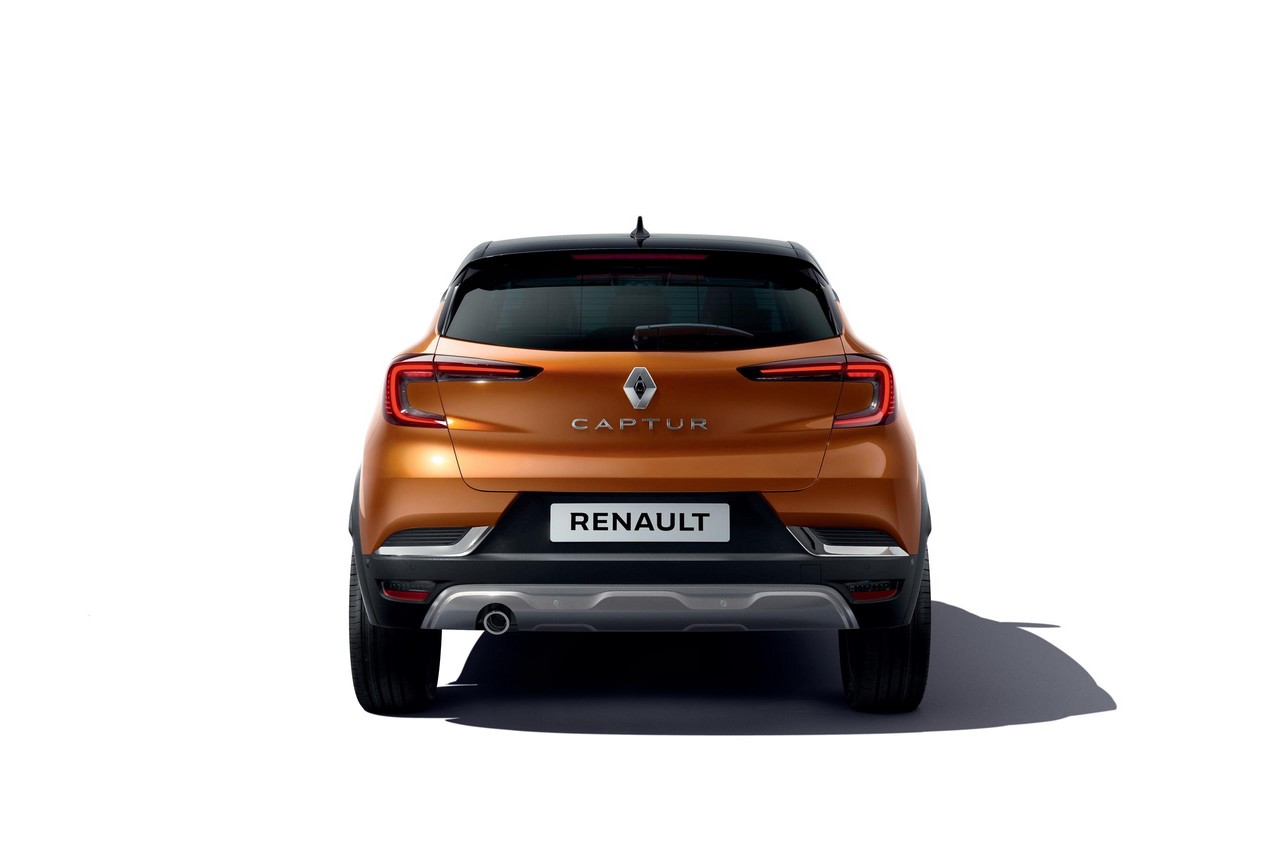
- Autonomous Emergency Braking fitted as standard
- Expected ride/handling balance
- Spacious interior
- Engine options?
- Steering feel?
- Ratios for seven-speed double clutch transmission?
Overview
Expected to be released in Australia in 2020, the Renault XJB Captur is a compact crossover SUV. Manufactured in Valladolid, Spain, the front-wheel drive Renault XJB Captur will be produced with four different engines, though the Australian range is yet to be announced. Beyond the engine-based variants, the Renault Captur is expected to be offered in Life, Zen and Intens editions.
| Variant | Engine | Trans. | Peak power | Peak torque |
|---|---|---|---|---|
| 1.0 TCe | 999 cc turbo petrol I3 | 5sp man. | 74 kW | 160 Nm |
| 1.3 TCe | 1332 cc turbo petrol I3 | 6sp man., 7sp DCT |
96 kW | 240 Nm |
| 115 kW | 270 Nm | |||
| 1.6 e-Tech Hybrid | 1.6-litre petrol I4 and 1.2 kWh battery | TBA | 130 kW | TBA |
| 1.5 Blue dCi | 1461 cc turbo diesel I4 | 6sp man. | 70 kW | 240 Nm |
| 6sp man., 7sp DCT |
85 kW | 260 Nm |
Body and dimensions
The Renault XJB Captur is underpinned by Renault’s ‘CMF-B’ modular architecture which is shared with the Renault BJA Clio and 2020 Nissan Juke . Compared to the Renault X87 Captur which it replaces, the XJB Captur is 106 mm longer (at 4228 mm), 19 mm wider (1797 mm), the same height (1566 mm) and has a 33 mm longer wheelbase (2639 mm).
The rear bench seat for the Renault XJB Captur can slide 16 cm and the removable floor provides a two-tier configuration. When the rear seats are in their most forward position, luggage capacity is 536 litres.
Suspension and steering
The Renault XJB Captur has MacPherson strut front suspension and a torsion beam rear axle. Furthermore, the XJB Captur has rack-and-pinion steering with electric power assistance.
Safety equipment
Standard safety equipment for the Renault XJB Captur is understood to include dual front airbags, front seat-mounted side airbags, full-length curtain airbags (i.e. for front and rear occupants), ABS, electronic brakeforce distribution, brake assist, electronic stability control, traction control and front seatbelts with pre-tensioners and load limiters.
For Australian deliveries, the Renault XJB Captur is expected to be available with the following active safety technologies –
- Active Emergency Braking (AEB) with cyclist and pedestrian detection: uses a camera and radar to detect vehicles, cyclists and pedestrians in front of the vehicle. If there is a collision risk, the driver initially receives a warning. If the driver fails to respond or does not react sufficiently, emergency braking is initiated to reduce vehicle speed and the severity of the collision;
- Blind Spot Warning (BSW): uses a radar to detect vehicles in the driver’s blind spot and then warns the driver via a visual signal in the door mirrors. BSW also warns the driver during a change of lane if another vehicle is approaching too quickly from behind;
- Lane Departure Warning (LDW) and Lane Keeping Assist (LKA): operating at speeds above 60 km/h, LDW issues an audible warning tone if the vehicle is about to depart from its lane without the turn indicators having been applied. Furthermore, LKA can provide steering wheel torque to keep the vehicle within its lane if it detects that the vehicle is about to drift out of it;
Rear Cross Traffic Alert (RCTA): when reversing out of a parking space, RCTA can detect approaching vehicles that could cross the Captur’s intended path and alert the driver; - Renault’s ‘Highway and Traffic Jam Companion’: uses a front camera and radar sensor when lane markings are visible and vehicles are within sight. Active at speeds from rest to 160 km/h, this system controls the Captur’s speed and maintains a safe distance from vehicles ahead (Adaptive Cruise Control), while keeping the Captur in the centre of its lane (Lane Centering Assist). Furthermore, if the Captur has been stationary for less than three seconds, the system will automatically accelerate the vehicle (stop & go); for longer stationary times, the driver must depress the pedal or press a button on the steering wheel to initiate acceleration. If there are no lane markings, however, only Adaptive Cruise Control operates. Furthermore, if there is no vehicle ahead, only Lane Centering Assist operates at speeds above 60 km/h; and,
- Traffic Signal Recognition with Speeding Alert: uses the front camera to interpret speed limit signs and recommends that the driver adjust their speed if necessary. On models with navigation systems, road sign information and GPS data is combined for greater accuracy.
Features: Renault XJB Captur
The XJB Captur features Renault’s ‘Smart Cockpit’ which consists of:
- 7.0- or 9.3-inch multimedia screens for Renault’s ‘Easy Link’ multimedia system. Easy Link includes:
- Android Auto and Apple CarPlay smartphone integration;
- A 4G connected platform for integrated connected services, including an automatic emergency call function in the event of a collision; and,
- An optional TomTom navigation system with includes real-time information on traffic and danger areas, as well as new functions such as Google Places;
- A digital instrument cluster which uses 7.0- or 9.3-inch TFT displays, with the latter including navigation.
As standard, the Renault Captur will also be equipped with LED headlights, tTwo USB sockets and a 12 volt socket for rear passengers; models with EDC (Renault’s ‘Efficient Dual Clutch’) transmission will also have steering wheel gearshift paddles.
Beyond this, the Renault Captur will be available with the following parking aids –
- A rear view camera;
- A 360 degree camera: uses four cameras to generate a 360 degree view of the vehicle which is shown in a single overhead image on the central display. The 360 degree camera activates automatically when reverse is engaged and is accessible via a button below the multimedia screen;
- Front, rear and side park assist: uses twelve ultrasound sensors assist the driver during parking manoeuvres by indicating the presence of obstacles or objects; and,
- Easy Park Assist: provides autonomous steering for parallel, perpendicular and oblique parking manoeuvres (ingress and egress).
Further information regarding the Renault XJB Captur will be available closer to launch.
